Issue № 13(25)
DOI: 10.33098/2078-6670.2022.13.25.98-105 Lesko N. Legal principles of preventing median violence against children
Lesko N. Legal principles of preventing median violence against children
Purpose. The aim of the article is to analyze the legal basis for preventing media violence against children. Method. The methodology includes a comprehensive analysis and generalization of existing scientific and theoretical material and the formulation of relevant conclusions. During the research the methods of scientific cognition were used: comparative-legal, logical-semantic, functional, system-structural, logical-normative. Results. The study recognized that it is appropriate to provide in the Law of Ukraine “On Child Protection” a ban on disclosing or publishing in the media confidential information about children in difficult life situations, if the dissemination of such information could harm the child, regardless of parental consent or other legal representatives of the child. Media violence is a form of psychological violence that involves propaganda of violence through the media if it causes emotional insecurity, inability to protect oneself, or mental health damage.
The main feature of the modern information society is the recognition of the priority of information as one of the results of human activity. Most of the time behind a computer, modern man can no longer imagine his existence without it, which often leads to the formation of computer addiction. In addition, one of the urgent problems that arose in the era of information technology is the problem of cyberbullying – harassment of the Internet, through messages containing insults, intimidation. Such harassment can be applied to both adults and children. Currently, the phenomenon of cyberbullying is actively manifested in many developed foreign countries, such as the United States, Canada, the European Union and other countries, where public authorities are forced to pay more and more attention to this issue.
It is almost impossible to eliminate violence in the media, as they shape their agenda based on the interest of the viewer. And, unfortunately, violence is one that attracts the attention of broad sections of the population. Therefore, educational institutions should help children to form the idea that the agenda, the methods of activity imposed by the media, have value only in the symbolic and not in the practical world. Scientific novelty. In the course of the research it was established that an important measure to prevent and counteract violence in the media may be the introduction of a special course “Violence and Media Space” in the curricula for the specialty 061 “Journalism”.
Practical significance. The applied value of the study is determined by the fact that the scientific results provide a basis for improving legislation in the field of prevention of media violence against children.
Key words: cyberbullying, bullying, cyber-violence, Internet, Internet, information technologies.
References
1. Petrunko, O.V. (2010). Dity i media: sotsializatsiia v ahresyvnomu media seredovyshchi [Children and media: socialization in an aggressive media environment]: a monograph. Poltava: SPE “Ukrpromtorgservice”, 480 p. (in Ukrainian)
2. Children of War (study of childhood problems in Ukraine under conditions of military aggression) / Ukrainian Institute for the Study of Extremism. Kyiv, 2015. Retrived from: http://uire.org.ua/wp-content/uploads/2015/06/Diti-viyni—doslidzhennya.pdf. (in Ukrainian)
3. Balla, O. (2002). Chelovek Vozmozhnyj[The Possible Man]. The first of September, 20, p. 5. (in Russian)
4. Gilligan, J. (2004). Zapobihannia nasylstvu [Prevention of violence] / trans. from English VV Shtengelov. Kyiv: Sfera, 168 p. (in Ukrainian)
5. Television without Frontiers: European Union Directive of 1989 Retrived from: https://uk.wikipedia.org/wiki/Television_without_borders_ (directive). (in Ukrainian)
6. International Convention for the Suppression of the Circulation and Trade in Pornographic Publications of 12 September 1923 № 995_592. Database “Legislation of Ukraine” / Verkhovna Rada of Ukraine. Retrived from: https://zakon.rada.gov.ua/laws/show/995_592. (in Ukrainian)
7. Agreement on the Cessation of Circulation of Pornographic Publications of May 4, 1910. Database “Legislation of Ukraine” / Verkhovna Rada of Ukraine. Retrived from: https://zakon.rada.gov.ua/laws/show/995_591. (in Ukrainian)
8. Protocol amending the Treaty on Combating the Distribution of Pornographic Publications of May 4, 1910. Database “Legislation of Ukraine” / Verkhovna Rada of Ukraine. Retrived from: https://zakon.rada.gov.ua/laws/show/995_593/sp:max10. (in Ukrainian)
9. European Convention on Transfrontier Television of 05.05.1989. Database “Legislation of Ukraine” / Verkhovna Rada of Ukraine. Retrived from: http://zakon3.rada.gov.ua/laws/show/994_444. (in Ukrainian)
10. Andriyko, O.F. (1999). Organizational and legal problems of state control in the sphere of executive power: Dr. Jurid. Science dis. Kyiv, 38 p. (in Ukrainian)
11. Priphane, I.I. (2011). Konstytutsiino-pravovi zasady zakhystu suspilnoi morali [Constitutional and legal principles of protection of public morality]: PhD dis. / NAS of Ukraine, Institute of State and Law. V.M. Koretsky. Kyiv, 221 p. (in Ukrainian)
12. On violation of children’s rights in the information space: letter of the Ministry of Social Policy of Ukraine № 6488/0/10/15/57 (2015, Jenuary 14). Retrived from: https://www.msp.gov.ua/timeline/Normativnopravovi-akti.html. (in Ukrainian)



